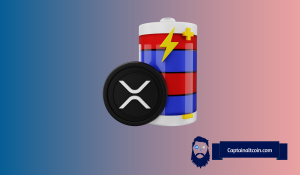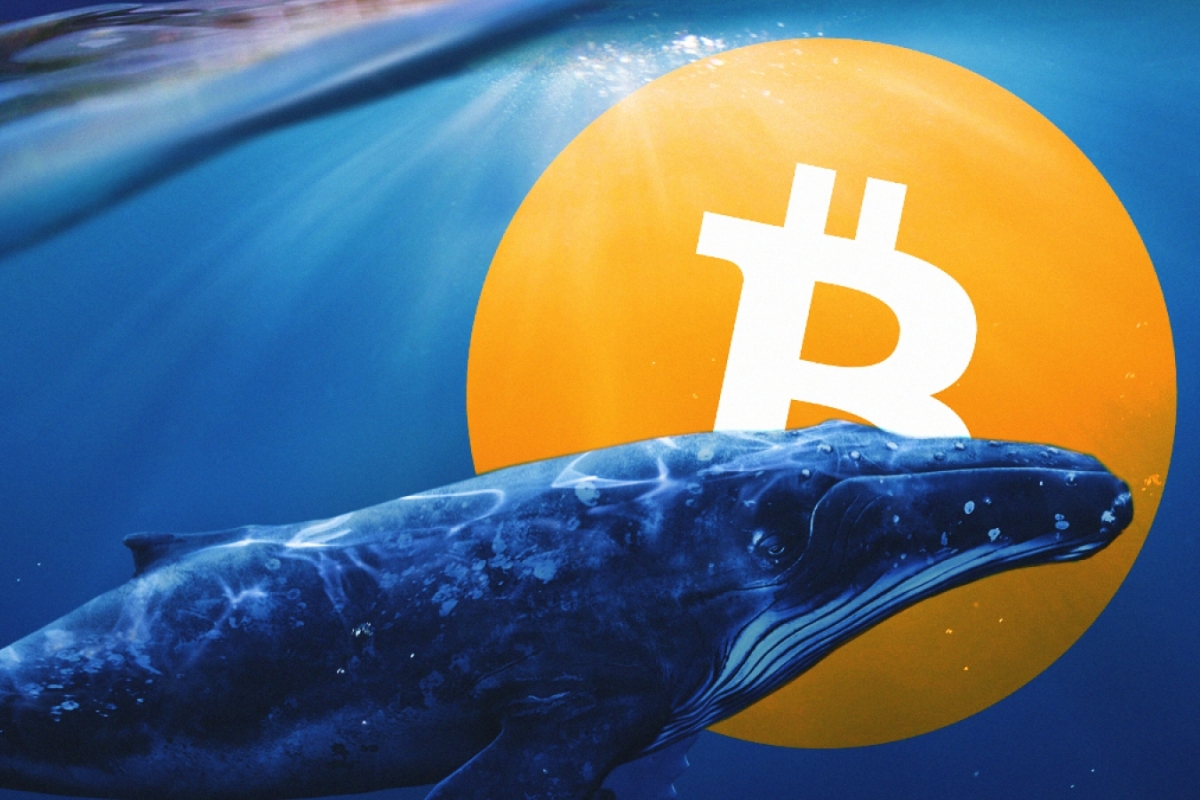Nexperia China asserted its independence after the Dutch government seized control over tech‑transfer concerns.
Nexperia China has declared it’s running its own show and doesn’t take orders from outside, pushing back hard after the Dutch government grabbed control of the chipmaker on September 30.
This dramatic move came as officials in the Netherlands said they were worried about technology leaking to Wingtech, the Chinese firm that owns 100% of Nexperia.
According to Reuters, Nexperia’s China unit went public on October 18 through a statement on its official WeChat account, saying it operates independently and strictly follows Chinese laws.
The post added that workers at Nexperia China are only bound to take orders from within the China team. “All employees have the right to reject any external instructions that are not approved by the Chinese legal representative,” the company said. It also clarified that salaries and bonuses would continue to be paid by Nexperia China alone, not by the Dutch unit.
China blocks chip exports as supply concerns grow
Tensions escalated further on October 4, when China’s commerce ministry banned Nexperia from exporting chips out of the country. That instantly triggered concerns across the global auto and electronics sectors, where these low-end but essential chips are used in large volumes.
While Nexperia’s biggest manufacturing plant sits in Hamburg, more than 70% of its chips are still shipped back to Dongguan in Guangdong province for packaging.
The threat to chip supply spooked major European automakers. Both Volkswagen and BMW said they were actively checking their supply chains for any possible hit. So far, no production lines in Europe have been shut down.
But things are getting tighter elsewhere. In Washington, the Alliance for Automotive Innovation warned that the standoff between the Netherlands and China could have global ripple effects. John Bozzella, who heads the group representing nearly every major carmaker in the United States, including General Motors, Toyota, Ford, Hyundai, and even Volkswagen, said the fallout could get real, fast.
“If the shipment of automotive chips doesn’t resume – quickly – it’s going to disrupt auto production in the U.S. and many other countries and have a spillover effect in other industries,” John said on Thursday.
Some U.S. automakers told Reuters that their factories might start feeling the pain as early as next month, though they kept quiet publicly due to how delicate the situation is. The worry is simple: Nexperia’s chips may not be fancy, but they’re crucial to making cars and parts in American plants.
U.S. pressure triggered the Dutch government’s seizure
The decision to take control of Nexperia didn’t happen overnight. It followed months of pressure from Washington.
Documents show the Dutch government stepped in before new U.S. rules kicked in that would’ve expanded export controls to any company at least 50% owned by a blacklisted entity. Since Wingtech has full ownership of Nexperia, it was already staring down restrictions.
Trump’s administration, which returned to power in 2025, had already listed Wingtech on the U.S. entity list in late December, part of its broader crackdown on Chinese tech access.
The Dutch clearly didn’t want to wait for sanctions to hit. So they made the first move, hoping to block any tech handoffs and shield their semiconductor sector from being caught in the middle of a geopolitical brawl.
On October 17, the Netherlands said it had opened talks with China to try to dial down the temperature. But the damage has already been done. Nexperia’s ability to move product is frozen.
China is refusing outside interference. The U.S. is tightening the screws. And auto plants from Berlin to Detroit are sweating over chip deliveries that may or may not land.
Get seen where it counts. Advertise in Cryptopolitan Research and reach crypto’s sharpest investors and builders.
You May Also Like

Here’s the XRP Price If UK Parliament Declares Ripple Key to Global Payments

Bitcoin News: Whales Are Buying the Dip While Retail Traders Panic
